Treatments Provided
Acupuncture
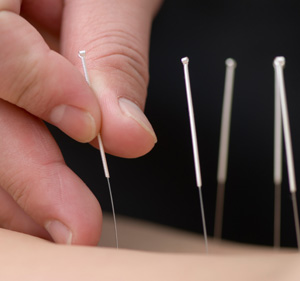
Acupuncture is the application of fine needles, and sometimes moxa, to specific points on the body that affect the underlying energy (qi) flow within the meridian system of the relevant organs of the body – this in turn brings an internal release of stagnation that usually eases painful conditions.
Acupuncture combined with Tui Na is a very safe, powerful and effective form of treatment.
Tui Na
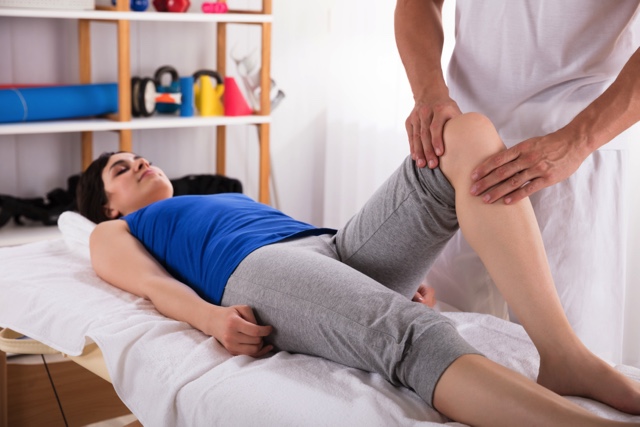
Originating in China, Tui Na (pronounced ‘twee-nah’) is recorded in the Yellow Emperor’s Classic of Internal Medicine since 2300 B.C. as one of the five major therapies of the time. Tui Na uses the TCM theory of channels and collaterals and the flow of the Qi energy as its basic therapeutic orientation. Through the application of massage and manipulation techniques, Tui Na seeks to establish a more harmonious Qi energy through the system of channels and collaterals, allowing the body to naturally heal itself. Tui Na has remained an organized and systematically developed system of massage since that time.
Qi Gong
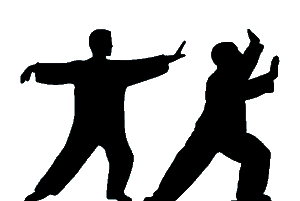
Qi gong (or ch’i kung) is an internal Chinese meditative practice which uses slow graceful movements and controlled breathing techniques to promote the circulation of qi within the human body and enhance a practitioner’s overall health. There are more than 10,000 styles of qigong and 200 million people practicing these methods. There are three main reasons why people do qigong:
- To gain strength, improve health or reverse a disease
- To gain skill working with qi, so as to become a healer
- To become more connected with the “Tao, God, True Source, Great Spirit”, for a more meaningful connection with nature and the universe.
Diet
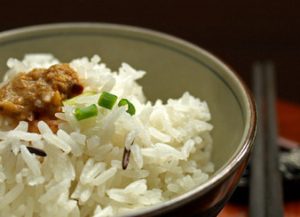
Diet is critical for daily health and well-being and can play a major factor in the treatment, or cause, of a complaint. Once a person’s underlying pattern of health is diagnosed then food can be recommended to help assist the body recover as effectively as possible. Within Chinese Dietetic practice, food is identified as having a particular thermal nature and this coupled with the cooking method used can help to restore qi to a higher level. Foods to avoid are also suggested to ensure that a person’s diet does not hinder the affect of other forms of treatment, e.g. Qi Gong, Tui Na etc.
Chinese Herbs
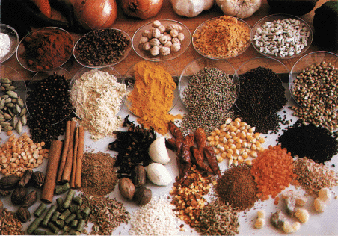
Chinese herbs have been used for centuries. The first herbalist in Chinese tradition is Shennong, a mythical personage, who is said to have tasted hundreds of herbs and imparted his knowledge of medicinal and poisonous plants to farmers. The first Chinese manual on pharmacology, the Shennong Bencao Jing (Shennong Emperor’s Classic of Materia Medica), lists some 365 medicines of which 252 of them are herbs, and dates back somewhere in the 1st century C.E. Han dynasty. Most people find the preparation and subsequent drinking of raw herbal remedies unpalatable, however capsules containing a concentrated powder formulae are most often prescribed and easily taken.
